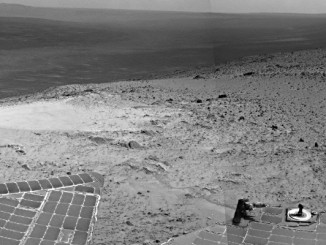
News

News

News
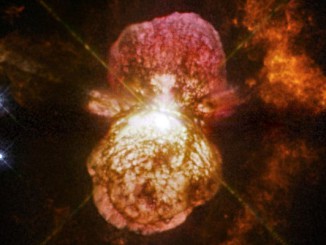
News
NASA’s unprecedented look at superstar Eta Carinae
Eta Carinae is the most luminous and massive stellar system within 10,000 light-years of Earth. A long-term study led by astronomers at NASA’s Goddard Space Flight Center used satellites, ground-based telescopes and theoretical modelling to produce the most comprehensive picture of Eta Carinae to date.

News
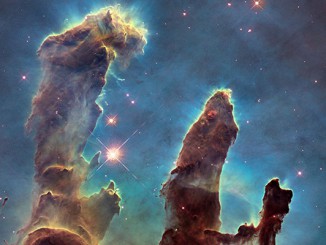
News
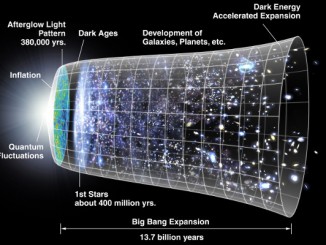
News
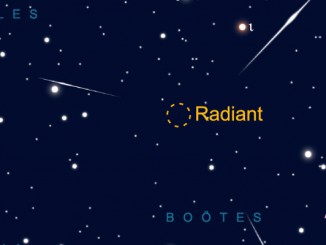
News
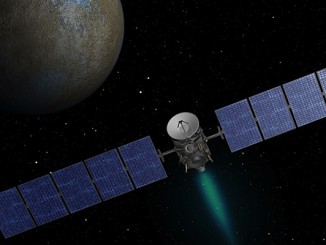
News

News

News
